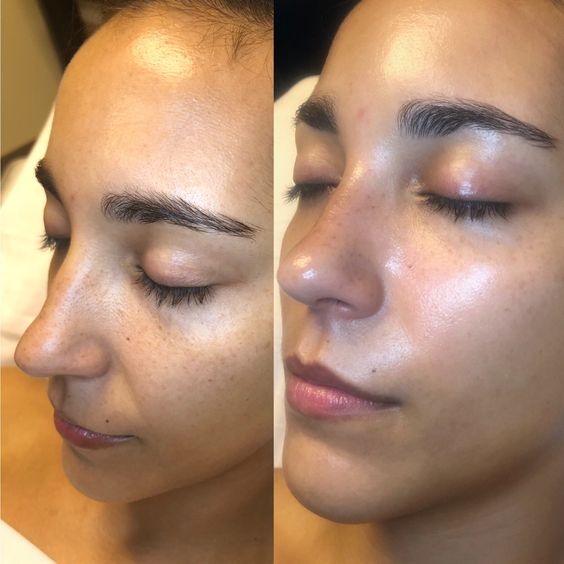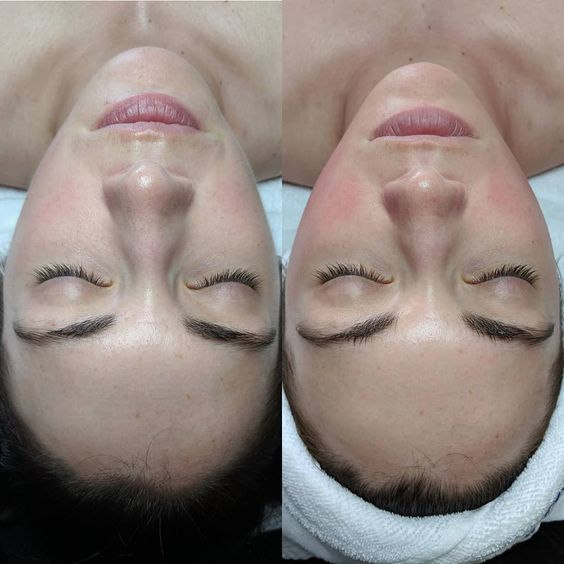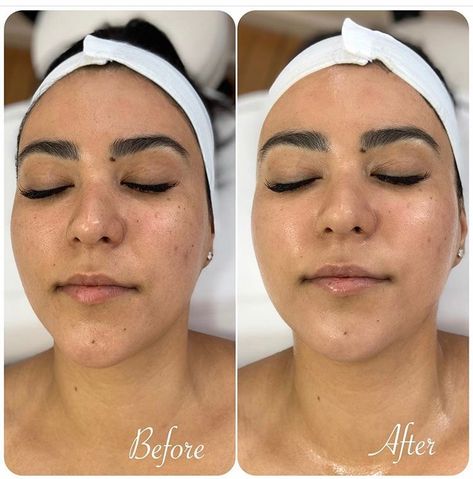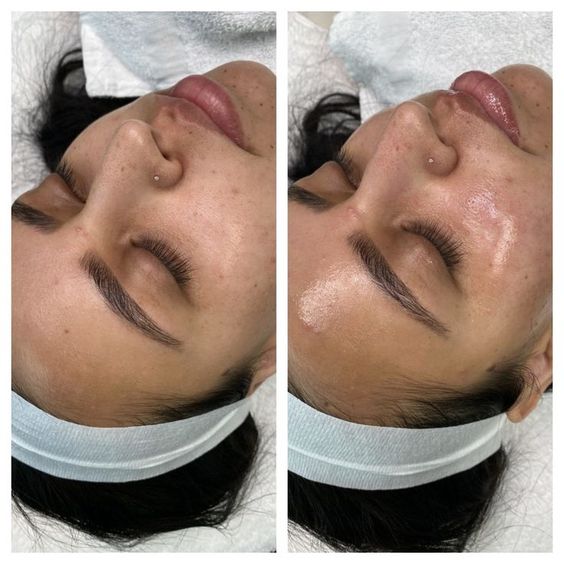Summer tans might be a temporary souvenir, but sometimes you desire to return to your natural skin tone. Here’s a breakdown of various tan removal treatments, their effectiveness, and how to choose the right approach for your needs.
A tan is the body’s natural defense mechanism against ultraviolet (UV) radiation from the sun. Melanin, a pigment in the skin, increases production to absorb UV rays, resulting in a darker appearance.
Several methods can help remove or reduce the appearance of a tan. The best approach depends on the severity of your tan, your skin type, and desired results. Here’s a look at some common options:
Physical or chemical exfoliants remove dead skin cells containing melanin, revealing lighter skin underneath. Scrubs, microdermabrasion, and chemical peels are examples of exfoliation methods.
Creams or lotions containing ingredients like kojic acid, vitamin C, or licorice extract can gradually lighten tans with consistent use. However, results might be subtle and take time.
Superficial or medium peels can remove the top layer of skin containing tanned cells, revealing a lighter complexion. This method requires professional application and carries some downtime for healing.
Certain lasers target melanin, promoting faster tan fading. This is a more expensive option and requires consultation with a dermatologist to assess suitability.
While not as potent as other methods, some natural remedies might offer slight lightening effects:
The citric acid in lemon juice can have a mild bleaching effect. However, it can irritate the skin, so patch testing and dilution are crucial.
Yogurt’s lactic acid might offer some lightening properties. However, scientific evidence is limited.
Consult a dermatologist before using any new product on your face, especially if you have sensitive skin.
Check out our Google profile if you’re searching for treatment near the Kharadi location: https://g.co/kgs/MzxiF6Q
When selecting a tan removal treatment, consider these factors:
For a mild tan, exfoliation or topical lighteners might suffice. More intense tans might require peels or laser treatments.
Sensitive skin might require gentler methods like topical lighteners or natural remedies. Exfoliation or peels might be too harsh.
Gradual lightening or faster results? Topical options provide a gradual fade, while peels or lasers offer quicker results.
A dermatologist can assess your skin type, tan severity, and desired outcome. They can recommend the safest and most effective tan removal treatment plan tailored to your needs.
The removal time depends on the severity of the tan and the method used. Natural remedies typically take longer, while professional treatments can offer faster results. Generally, expect a few weeks to see a noticeable difference with home remedies and potentially quicker results with professional treatments.



